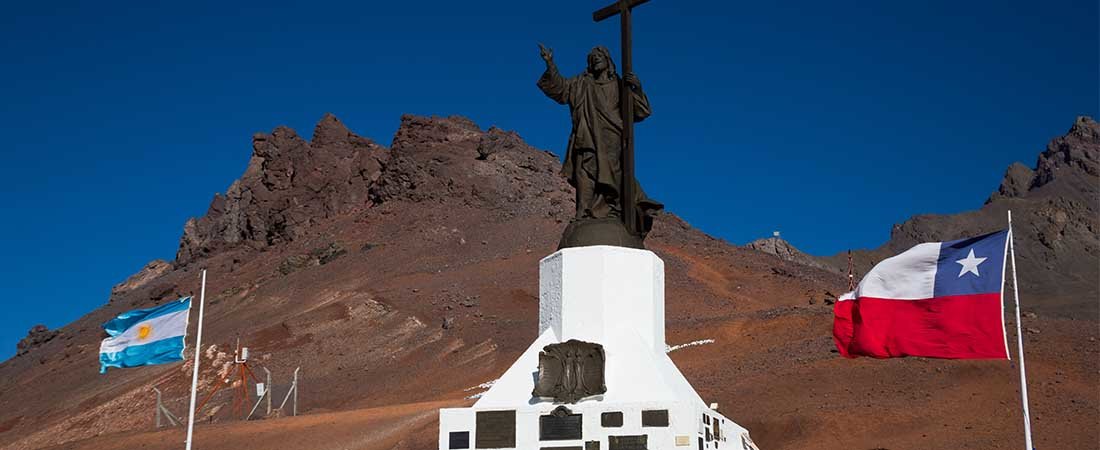What is South America famous for? Brazilian samba, football, the Amazon, Machu Pichu, Patagonia and Argentine wine to scratch the surface. The continent is the world’s carpenter thanks to its vast rainforests and is home to significant oil reserves – one-fifth of the world’s iron ore and a quarter of its copper. Sao Paulo, Buenos Aires, Rio de Janeiro, Bogota and Lima are megacities. The cultural heritage of ancient civilisations continues to draw tourists year-round from across the globe.
Culturally and economically, South American nations should be able to leverage significant soft power. And yet, only Brazil and Argentina made it into Portland’s 2018 Soft Power 30 index – scraping into 29th and 30th place respectively.
Pockets of political instability have hindered the continent’s ability to exploit its soft power potential somewhat, but there is no reason that new or re-elected governments in Brazil, Colombia and Paraguay cannot begin to. Although hyperinflation, food shortages and power cuts dictate daily life in Venezuela, despite the country holding the world’s largest proven oil reserves, the rest of Latin America is perhaps unfairly maligned.
The election of Jair Bolsonaro to the Brazilian Presidency did shock the world in October 2018. His election was symptomatic of voter apathy in a country fatigued by a deep mistrust of the political class following the Operação Lava Jato corruption investigation. But Bolsonaro took office on New Year’s Day in a peaceful transfer of power. Despite his illiberal politics, Brazil’s commitment to democracy is secure and Bolsonaro has backtracked on his dangerous ambition to withdraw Brazil from the United Nations Framework Convention on Climate Change.
Elsewhere, a weak currency in Argentina and the legacy of autocratic governance in Bolivia and Paraguay in particular have hampered progress, but Latin American nations have the opportunity to leverage their soft power as interest in the region continues to boom.
A blueprint to follow?
The question remains: how can they do it?
In the context of rapid globalisation, there is an opportunity to reshape perceptions without relying on traditional foreign policy levers, particularly in terms of nation branding. Digital platforms, for instance, provide an opportunity to build soft power using digital diplomacy or shape a country’s brand by focusing on its culture, heritage or natural beauty. Governments can now combat negative preconceptions directly and quickly.
Using digital technology effectively is the key. Digital branding and strategy, comprehensive digital capability building, stunning graphics tailored to appropriate platforms and original video content are all core components which can help to transform perceptions of countries around the world in the minds of global audiences.
Closer to home, South America already has a blueprint to follow: Chile.
Chile implemented a strategy from 2009 onwards to improve its place brand through set guidelines for Chilean businesses and agencies to follow in both digital and traditional export and tourism campaigns. The government launched a digital tourism campaign highlighting the natural beauty of Chile’s Andean landscape. A strict logo and colour scheme were implemented across the campaign to promote Chile as a stable and geographically diverse country.
There have been tangible results. Tourism figures hit a record high in 2017, reaching 6.45 million. Inward investment increased from $4.3bn in 2003 to $11 billion in 2016, largely from key targets including the US, Canada and Europe.
Taking lessons from one of its own, South American countries can use digital channels to begin to tap into their largely latent soft power, despite a noisy political backdrop.
By building digital capacity to emphasise the myriad of distinctive cultures and bypass traditional preconceptions currently present on social media, the continent could finally start to reach its full potential.

